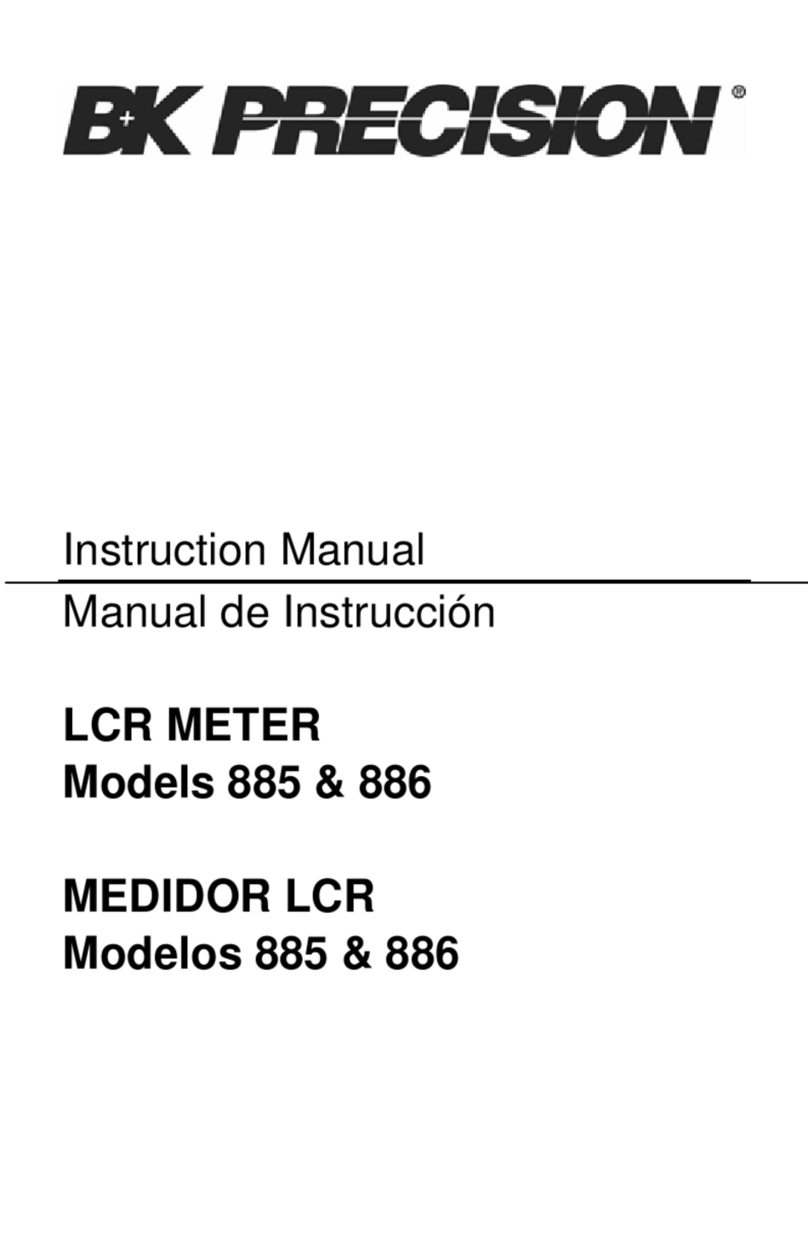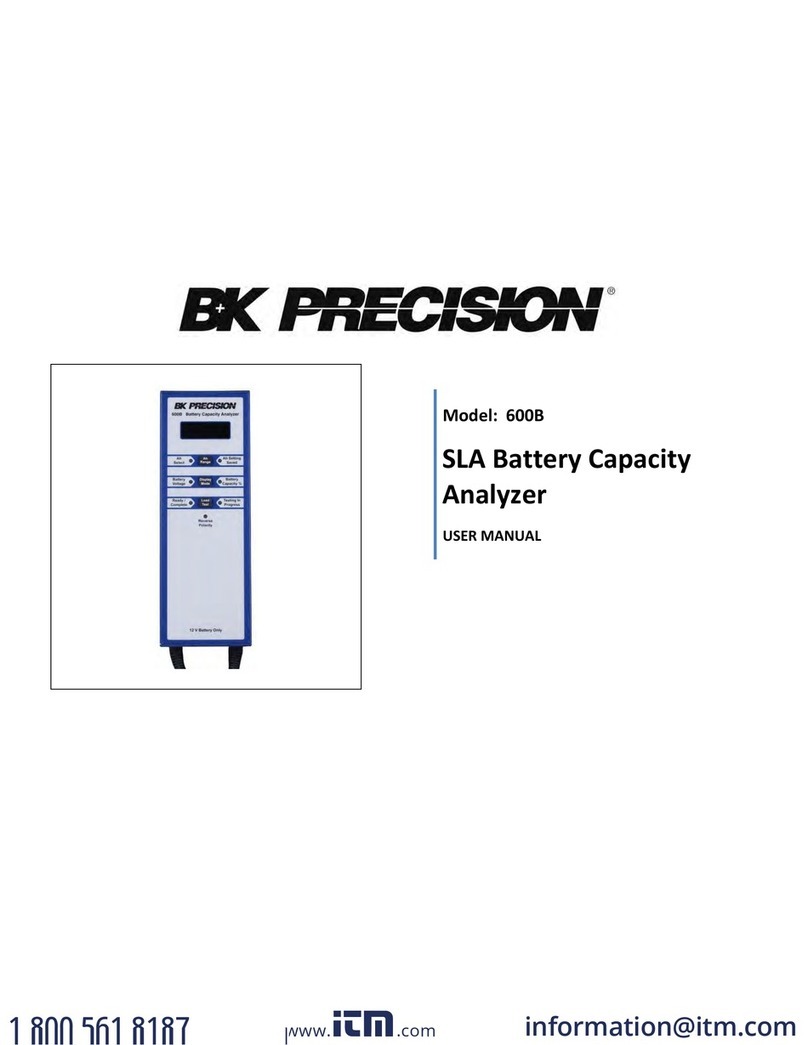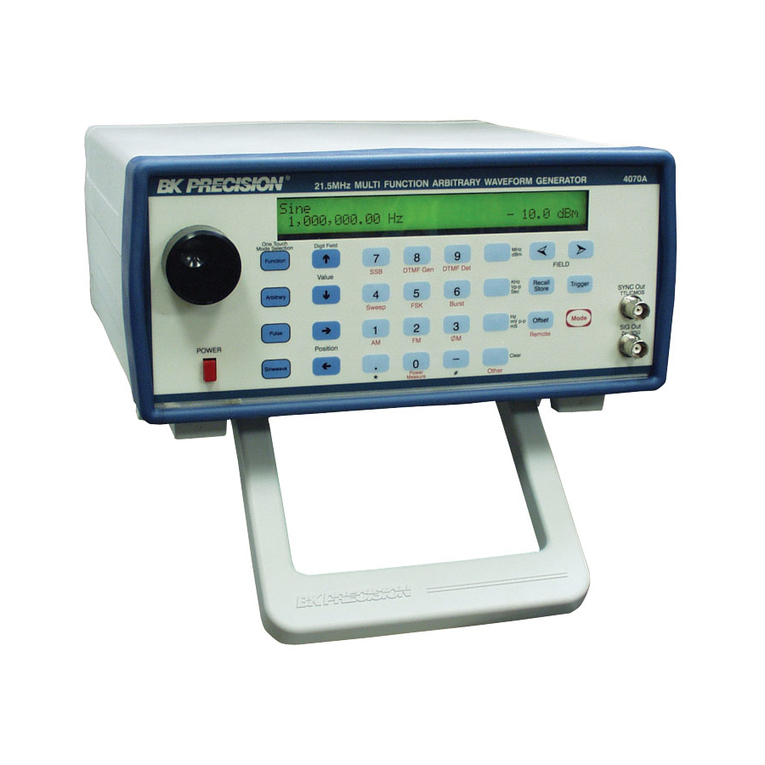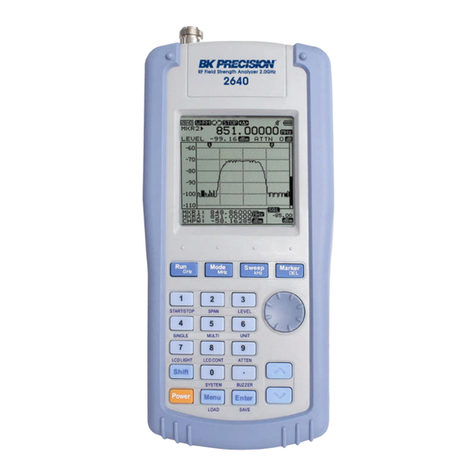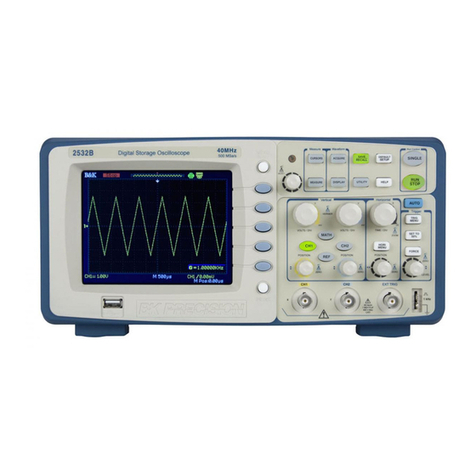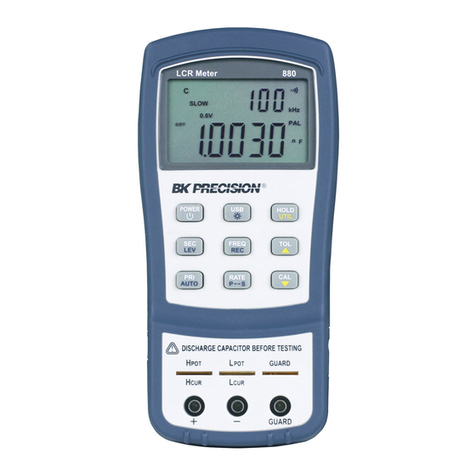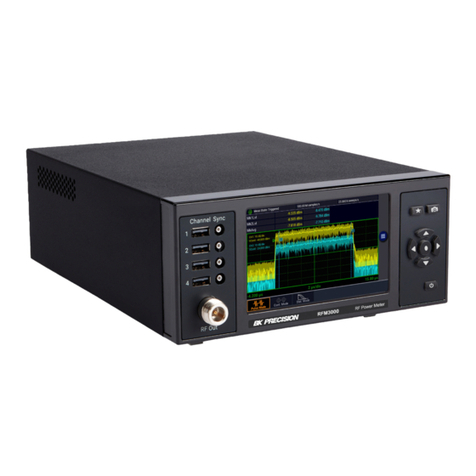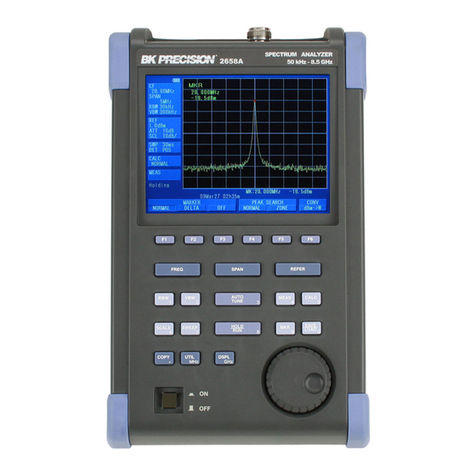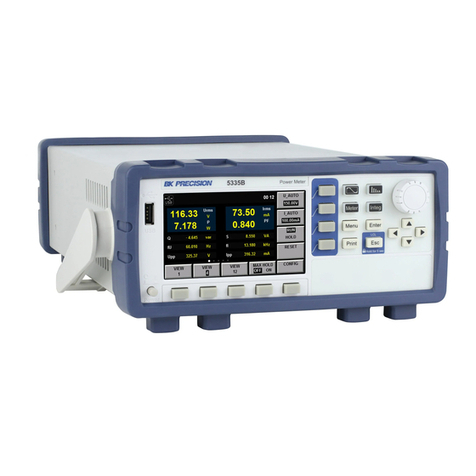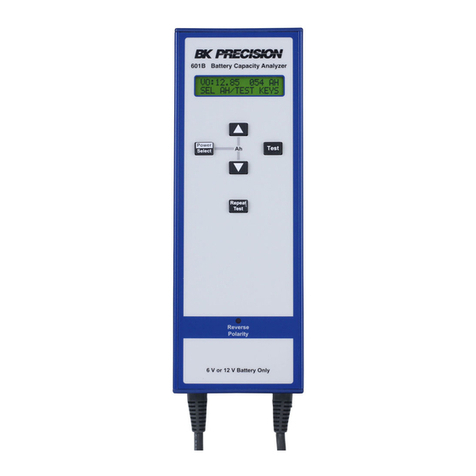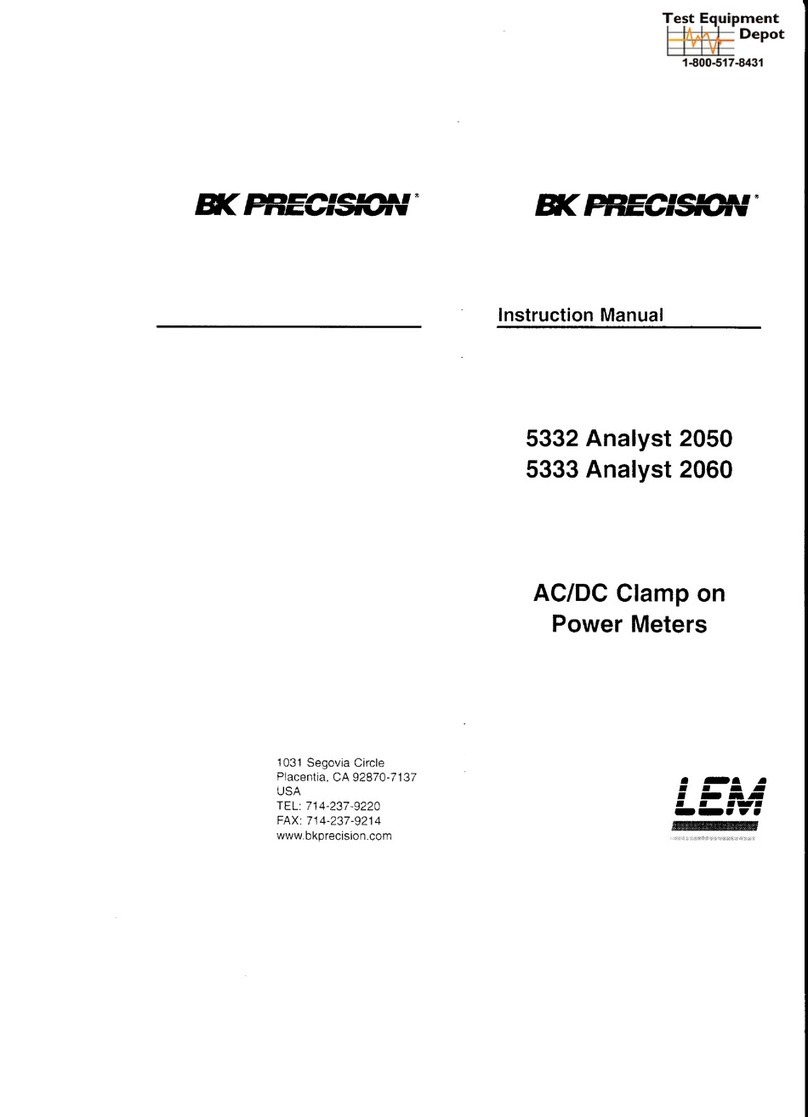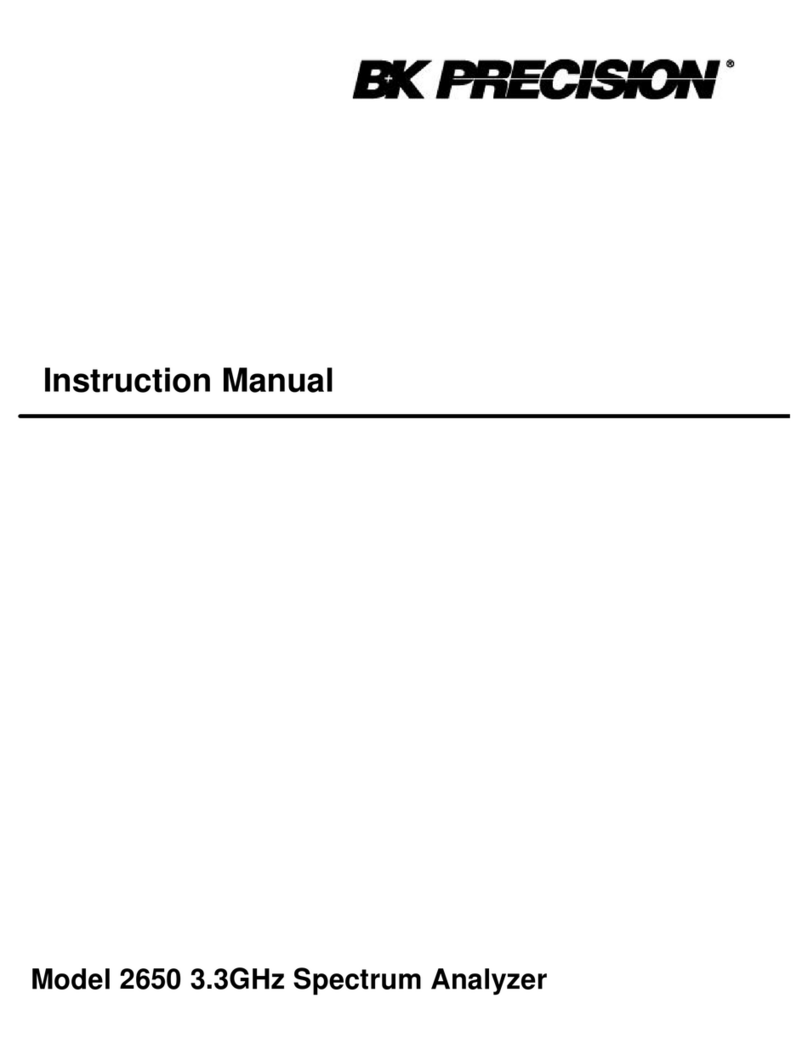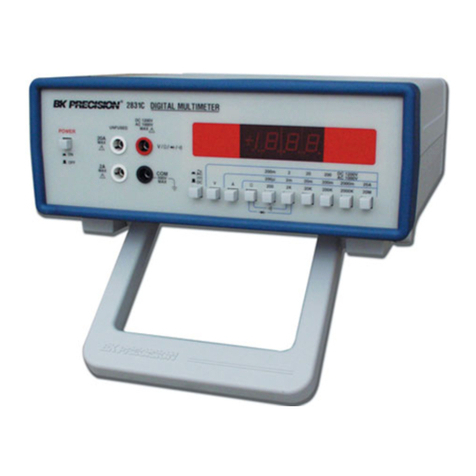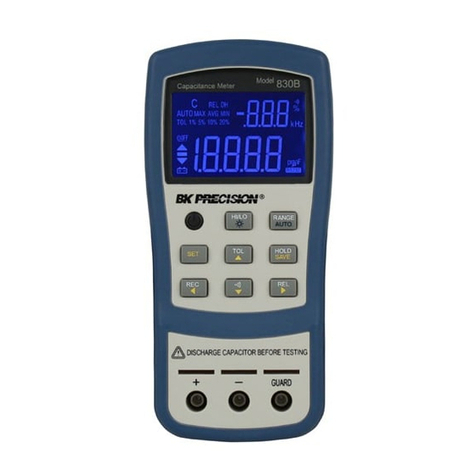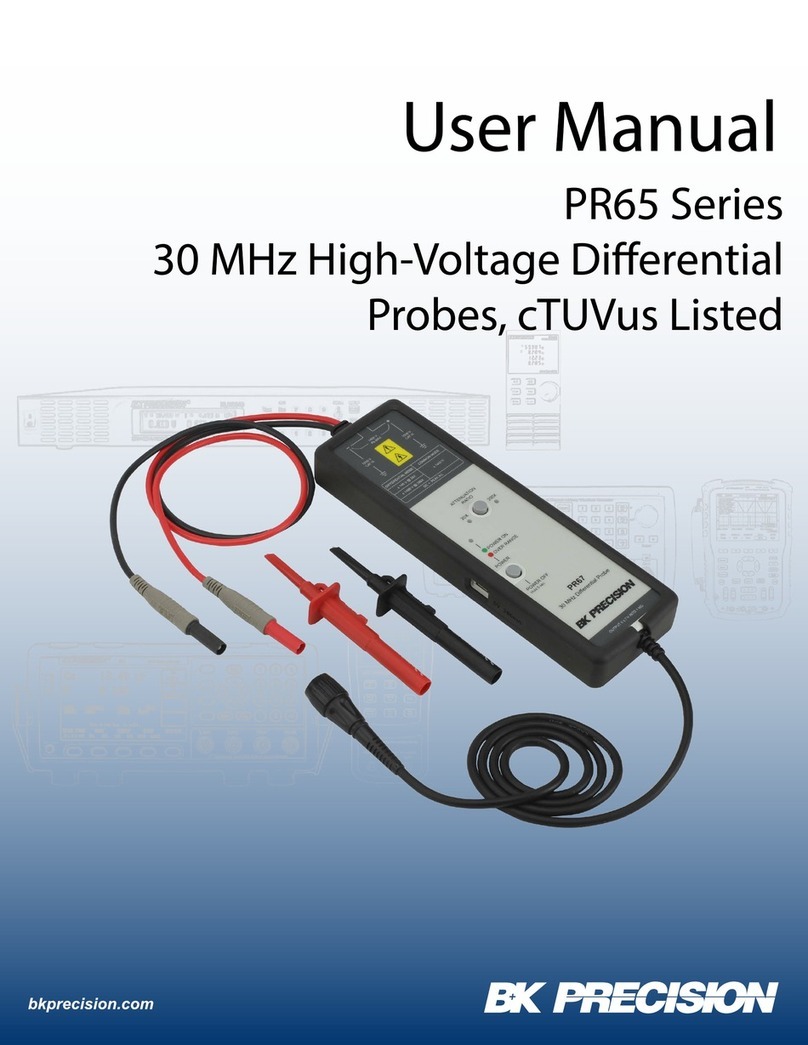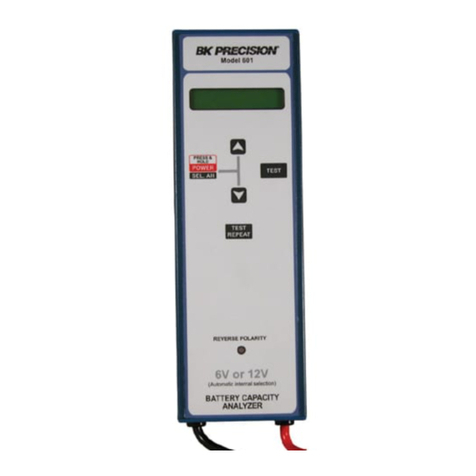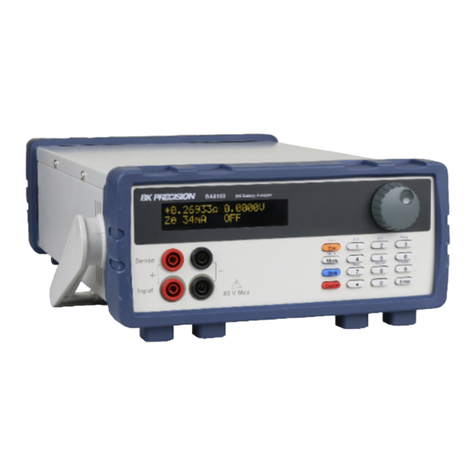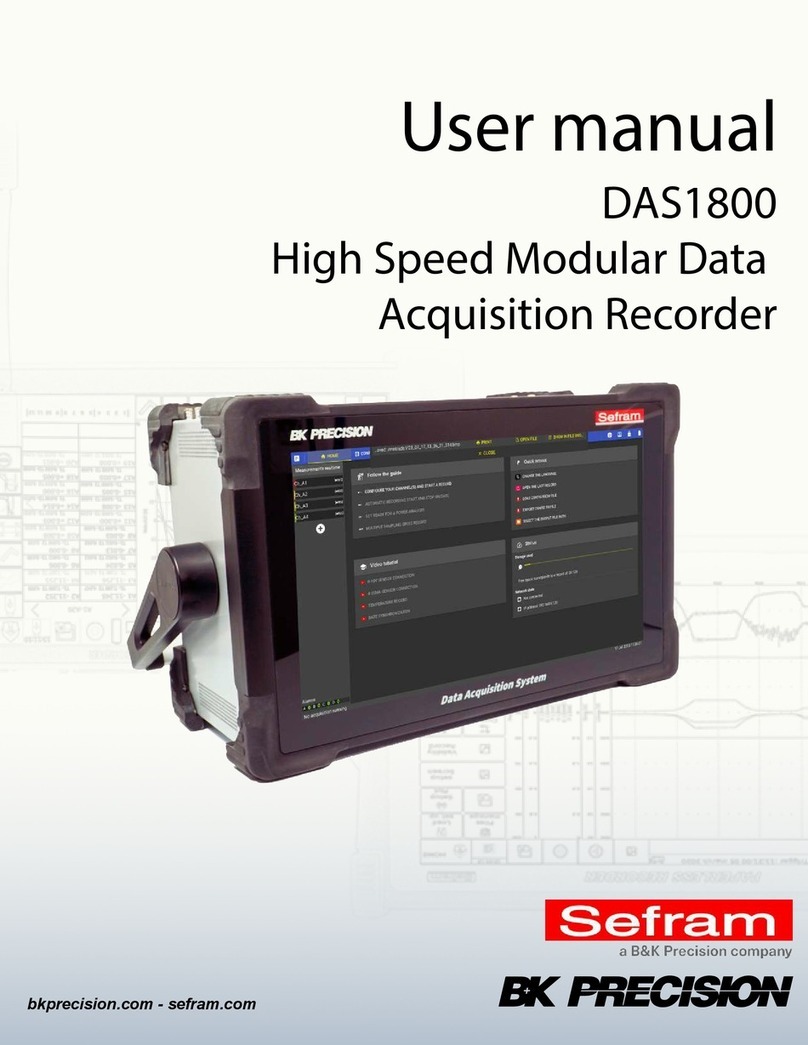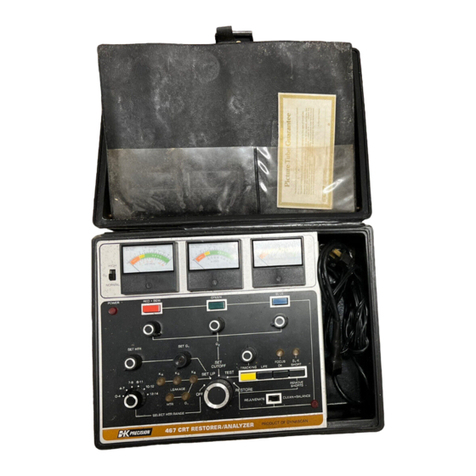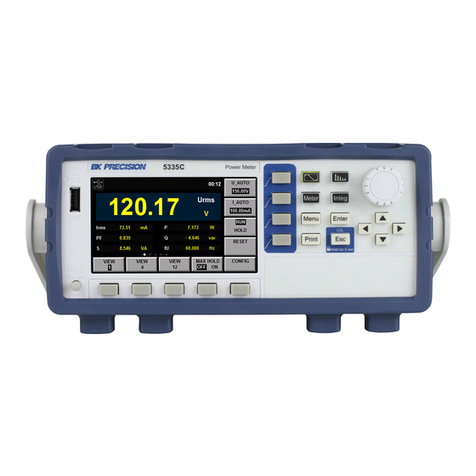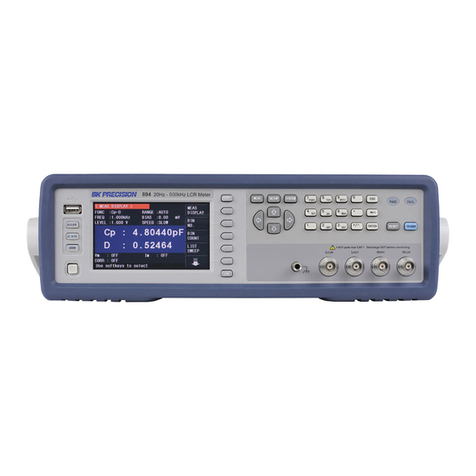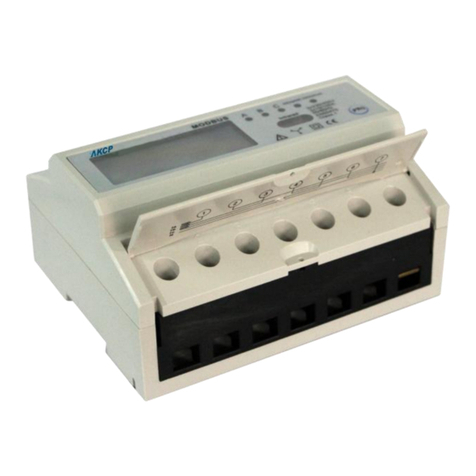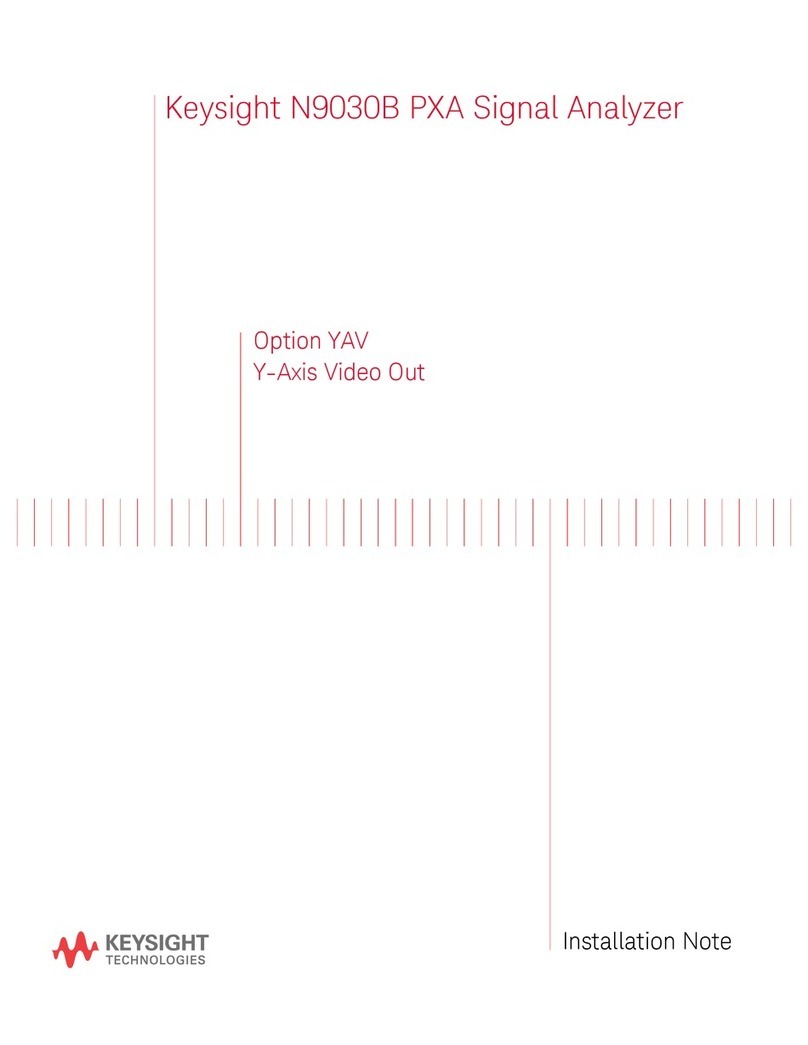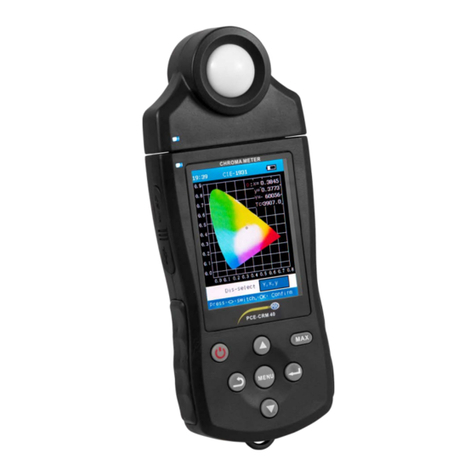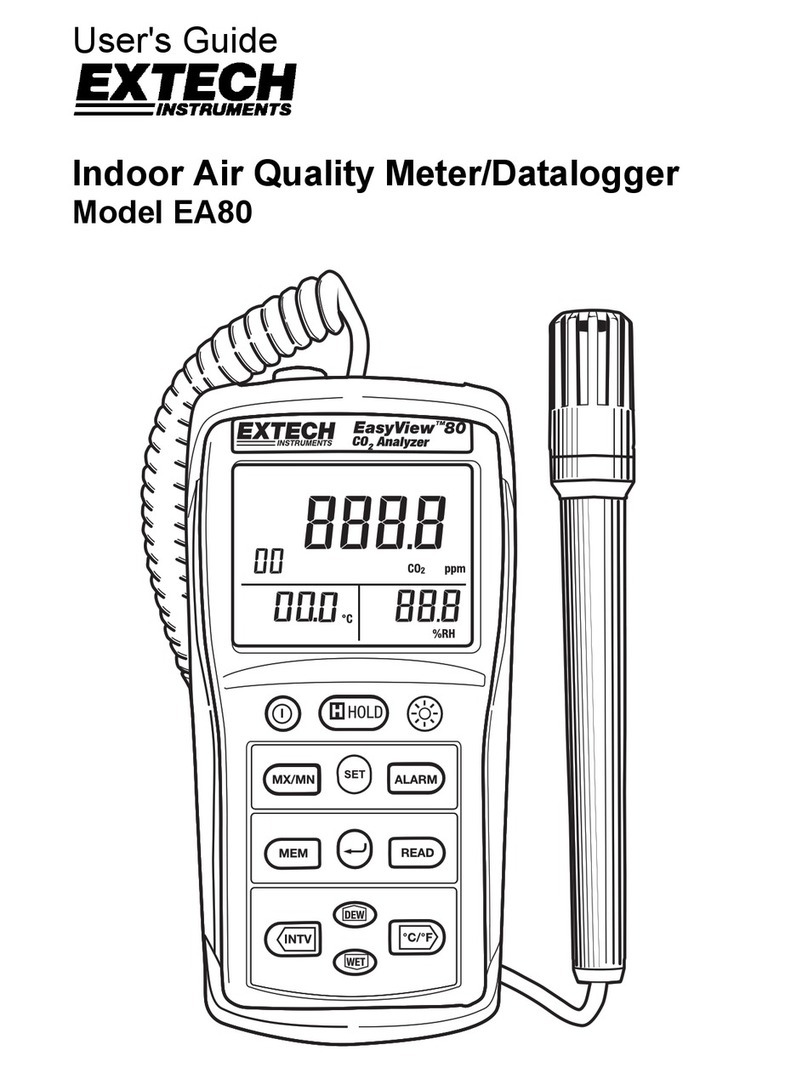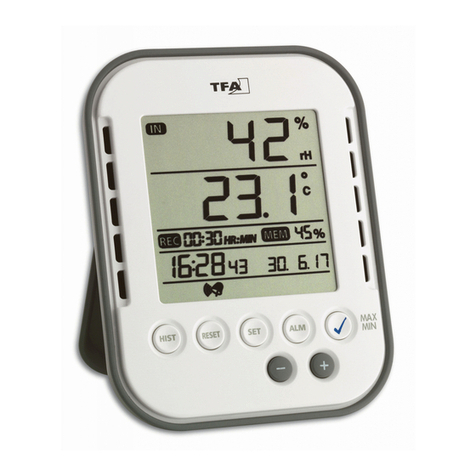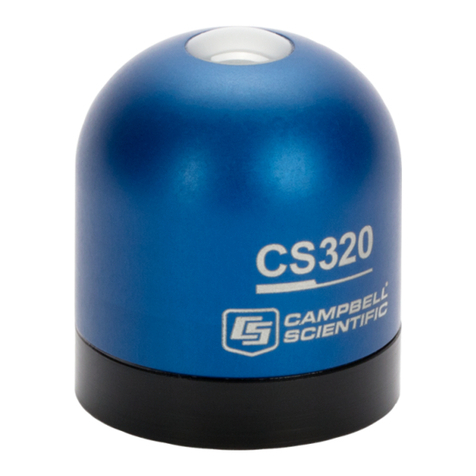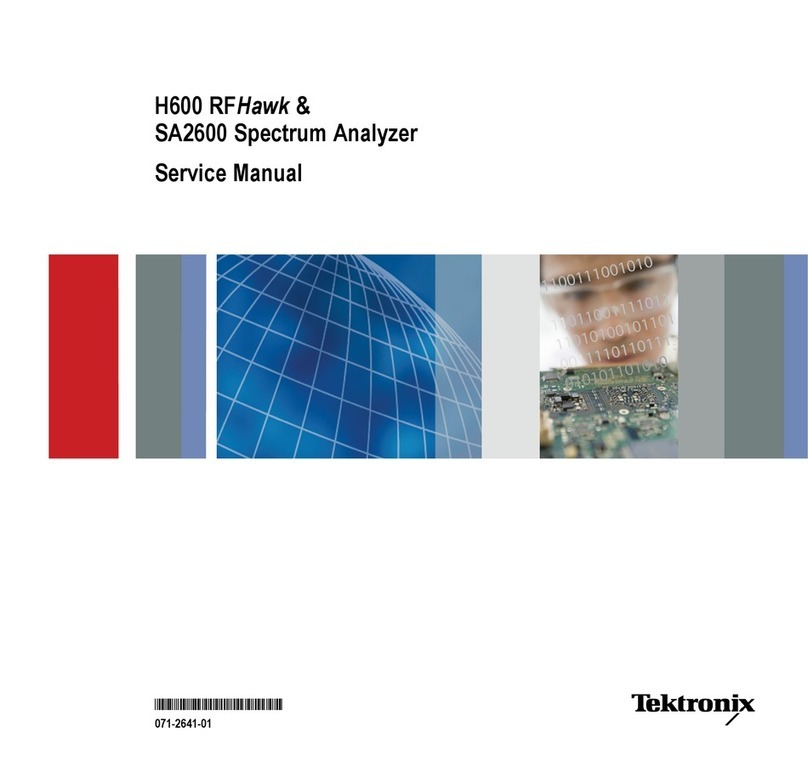
INTRODUCTION
--------------------------------------------------------------------
tivity
measurement. The
rf
output frequency
is calibrated, thus a measurement in the
re-
ceiver
under
test
determines any
carrier
fre-
quency error. A built-in 1 kHz oscillator pro-
vides convenient
internal
modulation and a
built-in variable frequency oscillator can be
used to span
the
audio frequency and
generate
guardtones.
Two
external
modulation jacks
permit
modulation
by
an audio
generator
or a
telephone (voice test). Internal and
external
modulation
are
independently
selectable
and
adjustable, and both may be used
simultane-
ously if desired. The built-in frequency
er-
ror/modulation
meter
measures modulation or
error
and
the
level
meter
measures a variety
of ac or de levels from input and output con-
nectors
on
the
front
panel
The oscilloscope
output jack
permits
measurement of the
modulating
signal
A frequency counter could
be
connected for
accurately
setting
the
inter-
nal audio
generator
to the desired guardtone
or ring signal frequency.
The
tester
operates
on
all
radio frequencies
allocated
for cordless telephone usage
by
the
FCC, including
the
1.7 MHz,
46
M
Hz,
and
49
M
Hz
bands. Digital channel selection
is
fast
and easy. A phase locked loop and
crystal
control
provide
stable
frequency precision,
serving as a
standard
for checking and
re-
adjusting cordless telephone frequency
gener-
ation circuits.
The frequency error/modulation
meter
has
two ranges, 0 - 3 kHz and 0 -
10
kHz. The low
range provides good resolution for
carrier
fre-
quency
error
measurement and low modulation
and the high range permits measurement
of
fully modulated signals. Also, when
the
0 -
3 kHz range and
rf
error
mode
are
selected, a
filter
is enabled
that
removes the
effect
of
guardtone modulation. This allows frequency
error
measurements to be made without
dis-
abling the guardtone signal in the unit under
test.
The built-in 1 kHz oscillator output is
also available
at
an output jack for
external
use. It
is
convenient for modulating
the
rf
carrier
of a cordless telephone
transmitter
under test.
The guardtone
filter
can be switched in or
out,
permitting
measurement
of
guardtone
modulation when desired, and
rejecting
guard-
tone and high frequency noise (above 3 kHz)
from the speaker for voice listening
tests.
2
LEVEL METER FUNCTIONS
The level
meter
measures a variety of
ac
and de signal levels.
When
the
audio
output
mode is
selected,
three
metering
ranges
are
available. When any of the
other
modes
are
selected
two metering ranges
are
available.
All
ac
measurements can be made
in
either
volts or dBm.
When the
meter
is used to measure
tele-
phone line audio, it shows the
actual
signal
level
that
is present when operating the
tele-
phone
on
a telephone line. The
meter
may
be
used to measure both incoming and outgoing
audio as well as dailing tone signal
level
The
meter
may also be used to measure
the
level of signals fed to the audio input jacks.
This is a convenient way to
set
externally
gen-
erated
signal levels for use as a modulation
source when transmitting.
When
the
external
modulation level control
is
turned off,
the
audio input telephone jack is disabled and the
input impedance of
the
BNC jack
is
switched
from 600 Q to 1 M
Sf.
This allows the audio
input BNC to be used as a probe input and
the
meter
to
be
used as a general purpose
ac
voltmeter.
When one of the audio output pushbuttons is
selected,
the
meter
shows
the
output voltage
of the
internal
signal
generator.
This allows
you to
set
the
level
of
the
internally
generated
modulation signal without the use
of
an
oscil-
loscope or
ac
voltmeter.
The
meter
also may be used to measure
the
level
of
a signal applied to
the
demodulator
probe jack. This permits
the
use of a demodu-
lator
probe touched to an antenna of any
cord-
less telephone to measure
relative
transmitter
power.
When one
of
the de volts out pushbuttons is
selected,
the
meter
shows
the
de voltage
that
is available
at
the de voltage output jacks.
This allows you to
set
the
de voltage without
the
use
of
an
external
voltmeter.
The load function
of
the
meter
allows you
to measure
relative
signal
strength
of
1.7
MHz
band
rf
transmitted
from
the
base unit. This
eliminates
the need for special
circuits
to
connect
the
rf
signal to a signal level
meter.




















